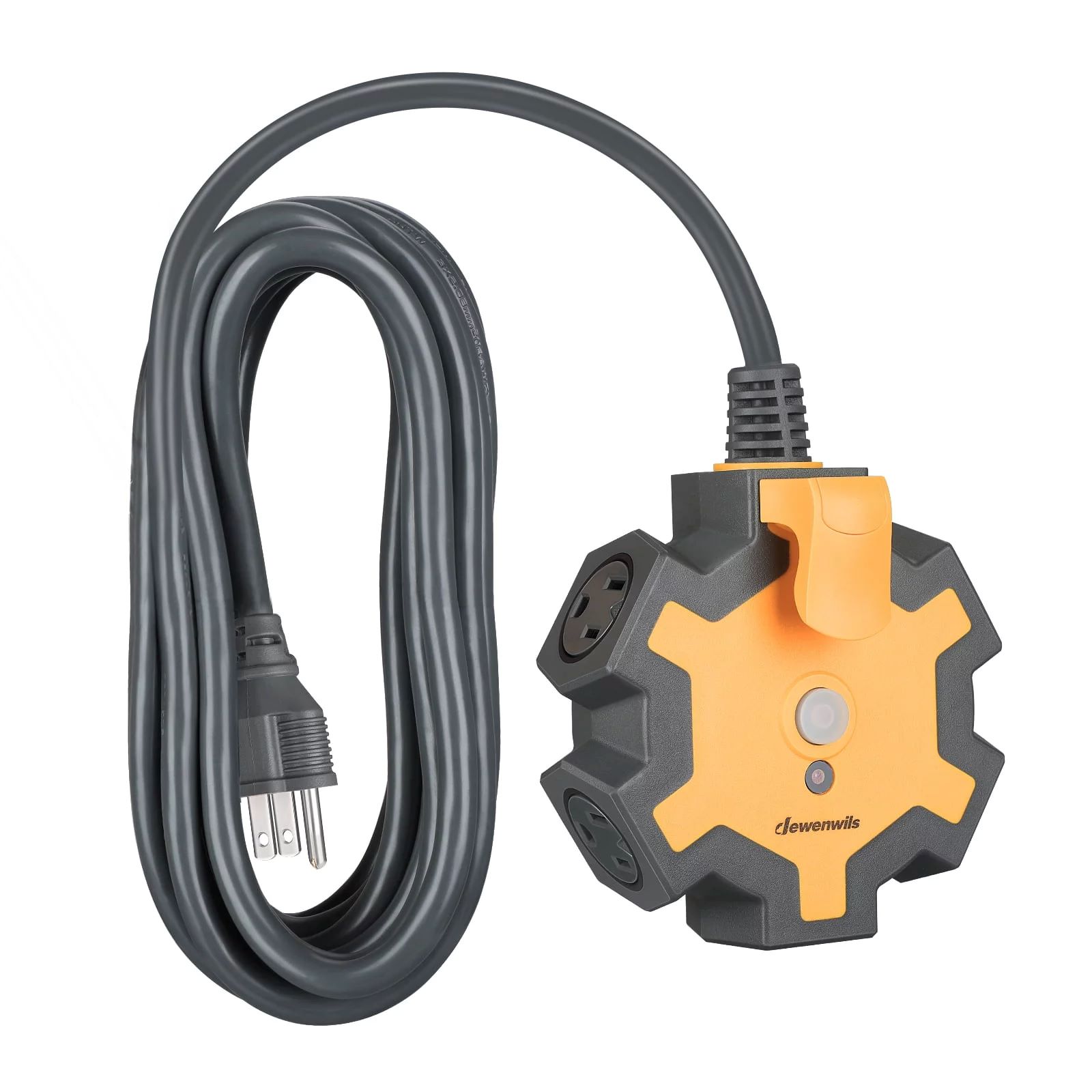

Articles
How To Store A Long Extension Cord
Modified: January 8, 2024
Learn how to properly store your long extension cord to avoid tangles and damage. Read our informative articles for useful tips and techniques.
(Many of the links in this article redirect to a specific reviewed product. Your purchase of these products through affiliate links helps to generate commission for Storables.com, at no extra cost. Learn more)
Introduction
Extension cords are commonly used to provide electricity in areas where outlets may not be easily accessible. Whether you use them for outdoor activities, construction projects, or simply to reach a far-off socket, taking care of your extension cords is essential to ensure their longevity and safety. One of the key aspects of caring for your extension cords is proper storage.
In this article, we will guide you through the steps to store a long extension cord effectively. By following these tips, you can prevent tangles, damage to the cord, and ensure that it is ready for use whenever you need it.
Key Takeaways:
- Properly storing your extension cord is crucial for prolonging its lifespan, ensuring easy accessibility, and reducing the risk of accidents. Follow the steps outlined to maintain a well-organized and safe electrical accessory.
- Implement additional tips such as using cord reels, separating cords by length, and regularly inspecting cords to optimize extension cord storage. By doing so, you can ensure your cords remain in good condition for extended periods.
Read more: How Long Can A 220V Extension Cord Be
Why Properly Storing Your Extension Cord is Important
Properly storing your extension cord is crucial for several reasons:
- Prolonged Cord Lifespan: When not stored properly, extension cords can become tangled, twisted, and damaged. This can lead to frayed wires, exposed conductors, and potential electrical hazards. By storing the cord correctly, you can prevent unnecessary wear and tear, prolonging its lifespan.
- Easy Accessibility: A well-stored extension cord is easily accessible when needed. Instead of spending time untangling a messy cord, you can retrieve a neatly coiled extension cord and use it right away, saving you time and frustration.
- Reduced Risk of Accidents: Tangled and improperly stored extension cords pose a tripping hazard. This is especially important when using cords in high-traffic areas or outdoor spaces. By keeping your extension cord neatly coiled and stored, you minimize the risk of accidents and potential injuries.
- Preservation of Cord Performance: Extension cords that are twisted or kinked can experience reduced electrical conductivity, leading to voltage drops and decreased performance. Storing the cord properly helps maintain its optimal performance, ensuring a consistent and reliable power supply.
With an understanding of why it’s important to store your extension cord properly, let’s move on to the specific steps you can take to ensure its safe storage.
Step 1: Untangling the Extension Cord
The first step in storing your extension cord is to untangle it. Tangled cords can be frustrating to handle and can lead to damage if not properly addressed. Here’s how you can effectively untangle your extension cord:
- Clear the Area: Find a clean and open space where you can lay out the extension cord without any obstructions. This will make it easier to work with.
- Start at the Plug End: Begin by holding the plug end of the cord firmly in one hand.
- Gently Shake: Give the cord a gentle shake to loosen any knots or tangles that may be present.
- Slowly Unwind: Begin to unravel the cord, paying close attention to any knots or twists. If you encounter a knot, use your fingers to gently work it apart.
- Avoid Pulling Forcefully: Never pull on the cord with force, as this can cause damage to the wires. Instead, take your time and be patient when untangling the cord.
By taking these steps, you can untangle your extension cord without causing any damage. Once the cord is untangled, it is ready for the next step- coiling.
Step 2: Coiling the Extension Cord
After untangling your extension cord, the next step is to properly coil it. Coiling the cord ensures that it remains organized and reduces the risk of tangles or knots when in storage. Here’s how you can coil your extension cord effectively:
- Clear Area: Find a clean and open area to work on, preferably a flat surface like the ground or a table.
- Start at the Plug End: Hold the plug end of the cord in one hand and allow the rest of the cord to hang freely.
- Create a Loop: With your free hand, create a loop near the plug end. The size of the loop will depend on the length of the cord.
- Continue Looping: While holding the loop, start coiling the rest of the cord around your forearm. Once you’ve made a few wraps, slide the loop through the center of the coil.
- Alternate Direction: To prevent the cord from twisting excessively, alternate the direction of your coiling as you continue wrapping it around your forearm.
- Secure the Coil: When you reach the end of the cord, secure the coil by holding it together or using a Velcro strap, zip tie, or a dedicated cord organizer.
By following these steps, you will have a neatly coiled extension cord that is ready for storage. Now let’s move on to the next step- securing the coiled cord.
When storing a long extension cord, use a cord reel or wrap it around a cord organizer to prevent tangling and damage. Store it in a dry, cool place to prolong its lifespan.
Step 3: Securing the Coiled Extension Cord
Once you have successfully coiled your extension cord, the next step is to secure the coil to prevent it from unraveling. This ensures that your cord remains neatly organized and ready for future use. Here’s how you can secure the coiled extension cord:
- Hold the Coil: Take the coiled cord in one hand, making sure it is held firmly but not too tightly.
- Use a Twist Tie or Velcro Strap: You can use a twist tie or a Velcro strap specifically designed for cable management to secure the coil. Place the tie or strap around the middle of the coil and tighten it, making sure it holds the coil securely.
- Zip Tie Method: An alternative method is to use a zip tie. Slip the zip tie through the end of the coil, pull it tight, and secure it by fastening the zip tie.
- Bungee Cord Method: For longer and heavier extension cords, you can use a bungee cord to secure the entire coil. Wrap the bungee cord around the coil and fasten it to hold the cord tightly.
- Store the Excess Cord: If your extension cord has excess length, you can neatly fold it in a zigzag pattern and secure it with additional twist ties or Velcro straps. This keeps the excess cord organized and prevents it from getting tangled.
By securing the coiled extension cord, you can ensure that it stays intact and doesn’t accidentally unravel during storage. Now let’s move on to the final step- storing the extension cord properly.
Read more: How To Wrap Long Extension Cord
Step 4: Storing the Extension Cord
Now that you have untangled, coiled, and secured your extension cord, it’s time to find a suitable place to store it. Proper storage is essential to protect the cord from damage and ensure its longevity. Follow these steps to store your extension cord correctly:
- Select a Storage Location: Choose a storage location that is dry, cool, and away from direct sunlight. Ideally, a garage, shed, or dedicated storage drawer would be suitable.
- Avoid Sharp Objects: Ensure that there are no sharp objects or tools that could puncture or damage the cord near the storage area.
- Use Hooks or Hangers: If you have wall-mounted hooks or hangers available, these are great options for storing your extension cord. Hang the coiled cord on the hook or hanger, making sure it hangs freely without any kinks or tangles.
- Coil and Store Properly: If hooks or hangers are not available, you can coil the extension cord neatly and place it in a designated storage container like a plastic bin or a cord reel. Make sure the cord is not compressed or bent too tightly, as this can damage the insulation.
- Label the Cord: To easily identify your extension cord, consider labeling it with a tag or using colored tape. This will save you time when searching for a specific cord among multiple stored items.
- Keep Away from Moisture: Moisture can lead to corrosion and damage the electrical components of the cord. Ensure that the storage area is dry and free from any water sources.
- Regularly Check the Cord: Periodically inspect your stored extension cord to ensure there are no signs of wear, fraying, or damage. If you notice any issues, repair or replace the cord as necessary.
By following these steps and storing your extension cord properly, you can ensure its safety, maintain its quality, and prolong its lifespan.
Additional Tips for Extension Cord Storage
In addition to the steps mentioned above, here are some additional tips to optimize your extension cord storage:
- Use Cord Reels: Consider investing in cord reels, which are specifically designed to store and dispense extension cords. Cord reels keep the cords neatly organized and prevent tangling.
- Separate Cords by Length or Usage: If you have multiple extension cords, you can organize them by length or designated usage. This makes it easier to locate the specific cord you need without having to search through tangled cords.
- Avoid Overloading Storage Containers: Ensure that you do not overload the storage containers with too many cords. Overcrowding can lead to tangled cords and make it difficult to retrieve a specific cord when needed.
- Provide Adequate Space: Allow enough space for each coiled cord in your storage area. This helps to prevent pressure on the cords, which can cause damage or deformation.
- Store Indoors: Whenever possible, store your extension cords indoors to protect them from extreme weather conditions, moisture, and UV rays.
- Regularly Inspect and Test Cords: Before using an extension cord, always inspect it for any signs of wear or damage. Additionally, test the cord for functionality and electrical safety.
- Educate Others: If you share the use of extension cords with others, educate them on the proper storage techniques to maintain the cords’ longevity and safety.
- Consider Cord Management Solutions: Explore cord management solutions such as cable ties, cord covers, or cord clips to keep your extension cords organized and tangle-free.
By implementing these additional tips, you can further optimize your extension cord storage and ensure that your cords remain in good condition for extended periods.
Conclusion
Properly storing your extension cord is essential for maintaining its longevity, ensuring easy accessibility, and reducing the risk of accidents. By following the steps outlined in this article, you can effectively store your extension cord and reap the benefits of a well-maintained and organized electrical accessory.
Remember to start by untangling the cord, taking your time to avoid damaging the wires. Next, coil the cord neatly, alternating the coiling direction to prevent excessive twisting. Then, secure the coil using twist ties, Velcro straps, zip ties, or bungee cords. Once secured, choose a suitable storage location that is dry, cool, and away from sharp objects. Wall hooks, hangers, or designated storage containers like cord reels can help keep your extension cord organized and easily accessible.
Additionally, implementing the additional tips for extension cord storage, such as using cord reels, separating cords by length or usage, and regularly inspecting the cords for damage, can further enhance your storage practices.
By taking the time to properly store your extension cord, you not only ensure its longevity but also contribute to a safer and more efficient electrical setup. So, untangle, coil, secure, and store your extension cords with care, and enjoy the convenience and reliability they provide whenever you need them.
Frequently Asked Questions about How To Store A Long Extension Cord
Was this page helpful?
At Storables.com, we guarantee accurate and reliable information. Our content, validated by Expert Board Contributors, is crafted following stringent Editorial Policies. We're committed to providing you with well-researched, expert-backed insights for all your informational needs.
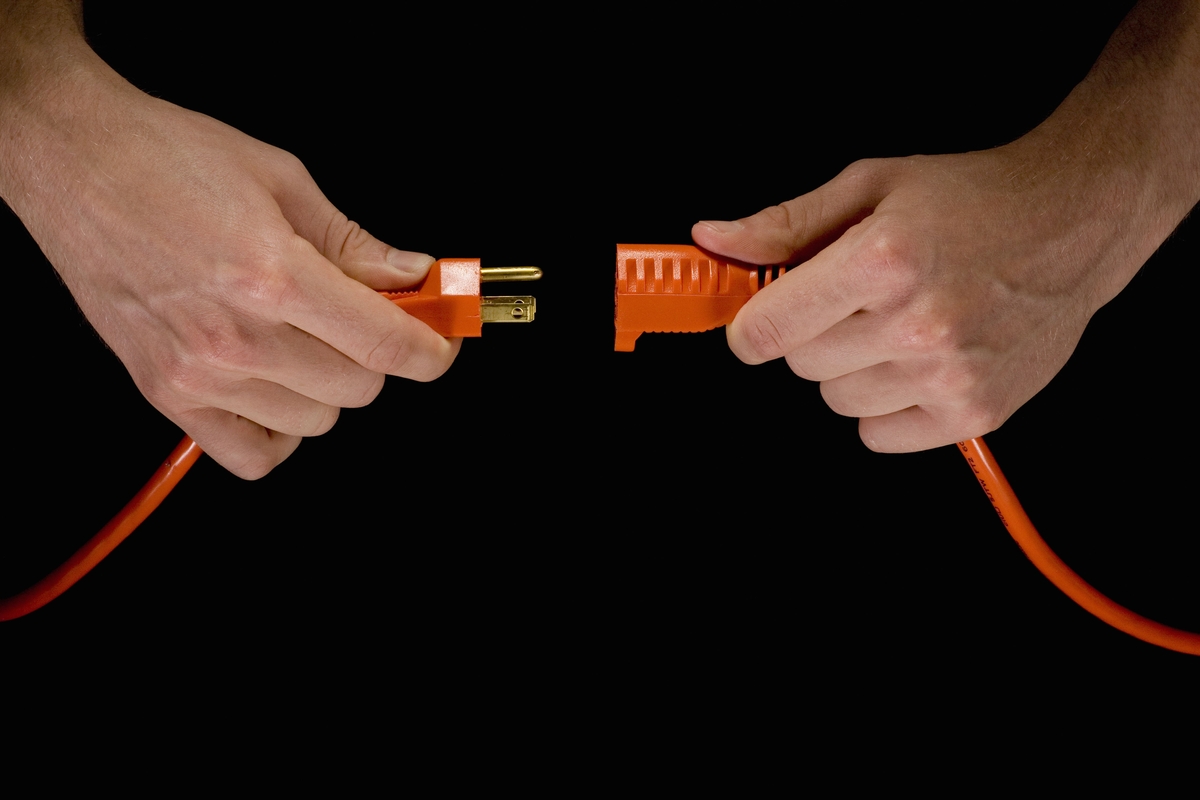
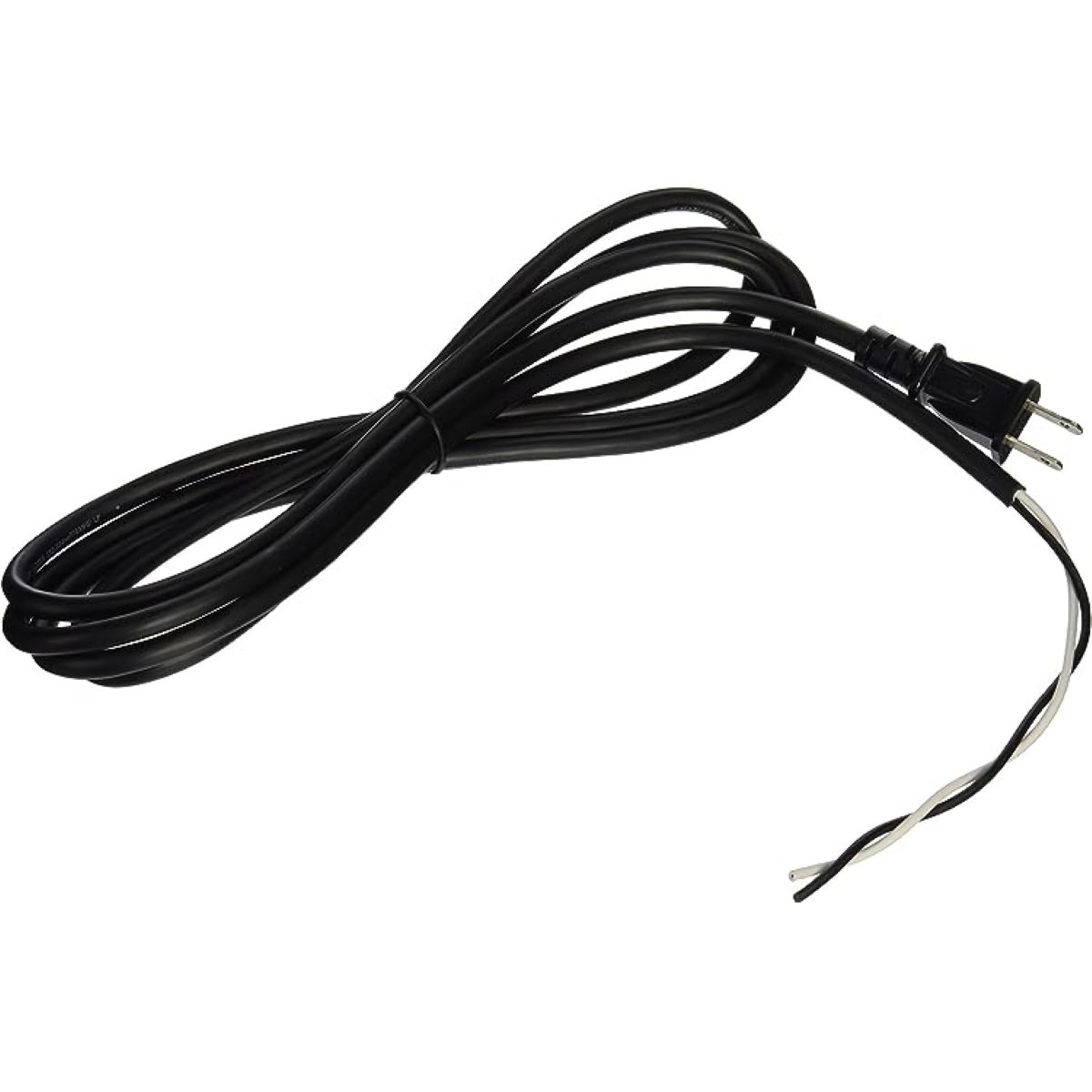
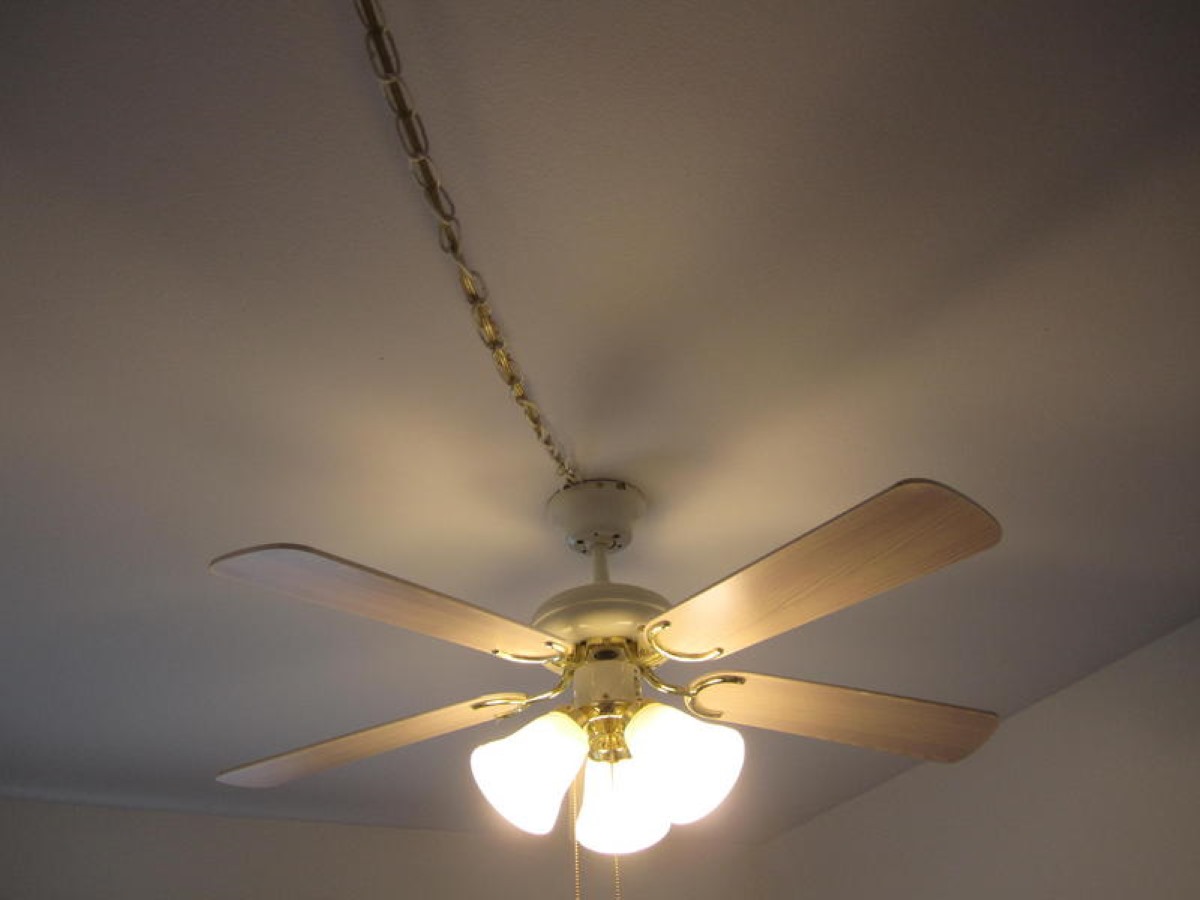
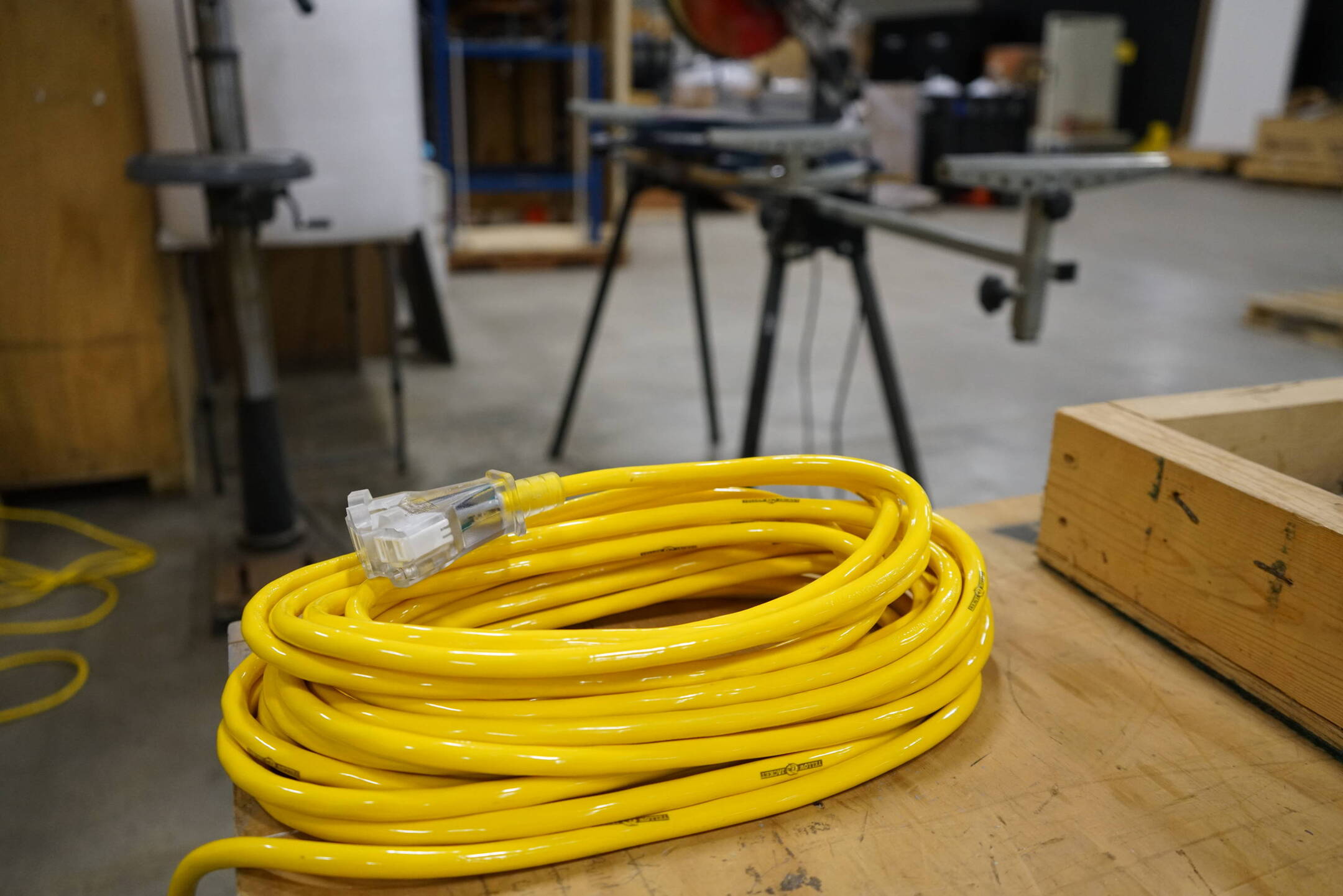
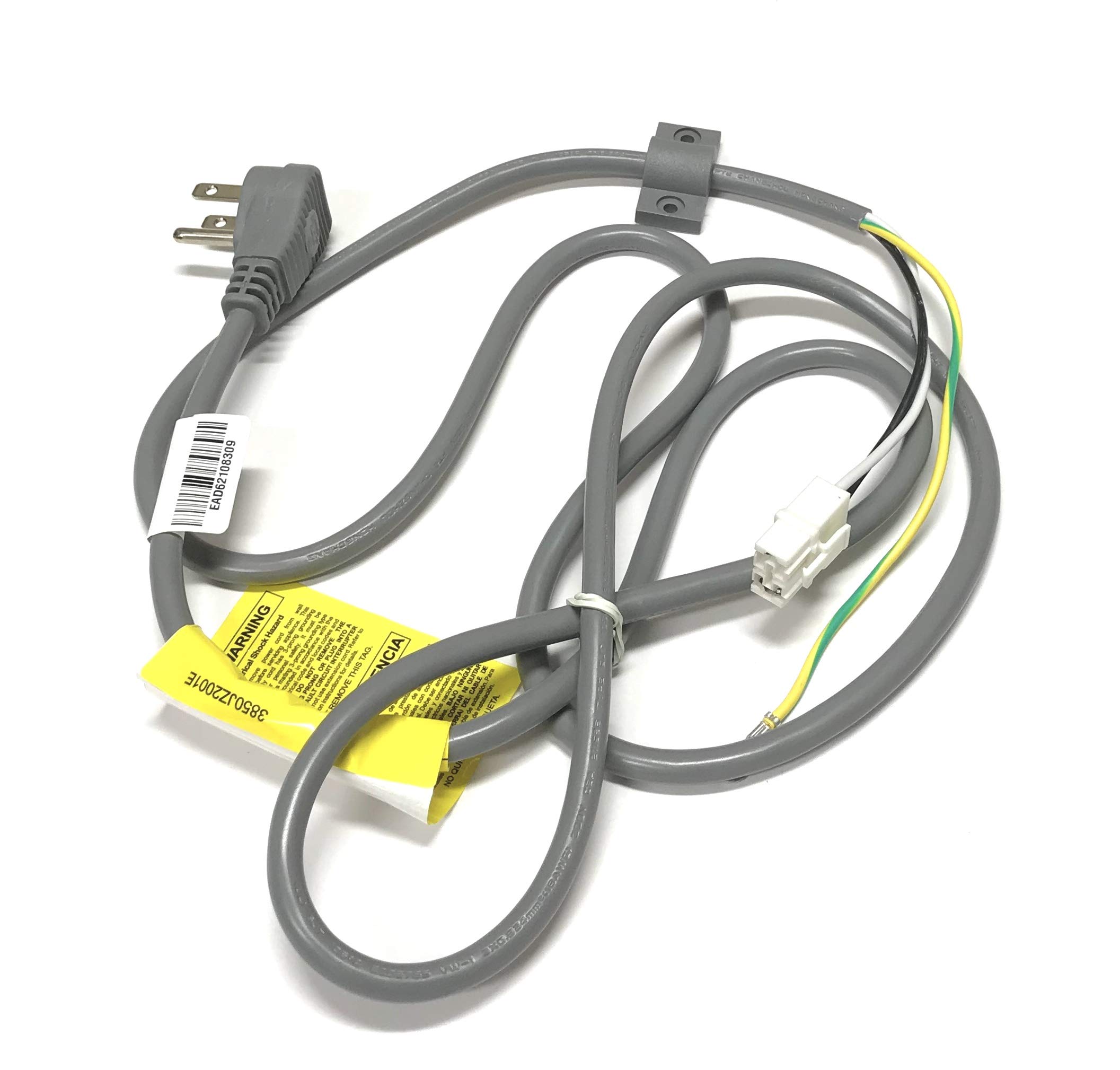
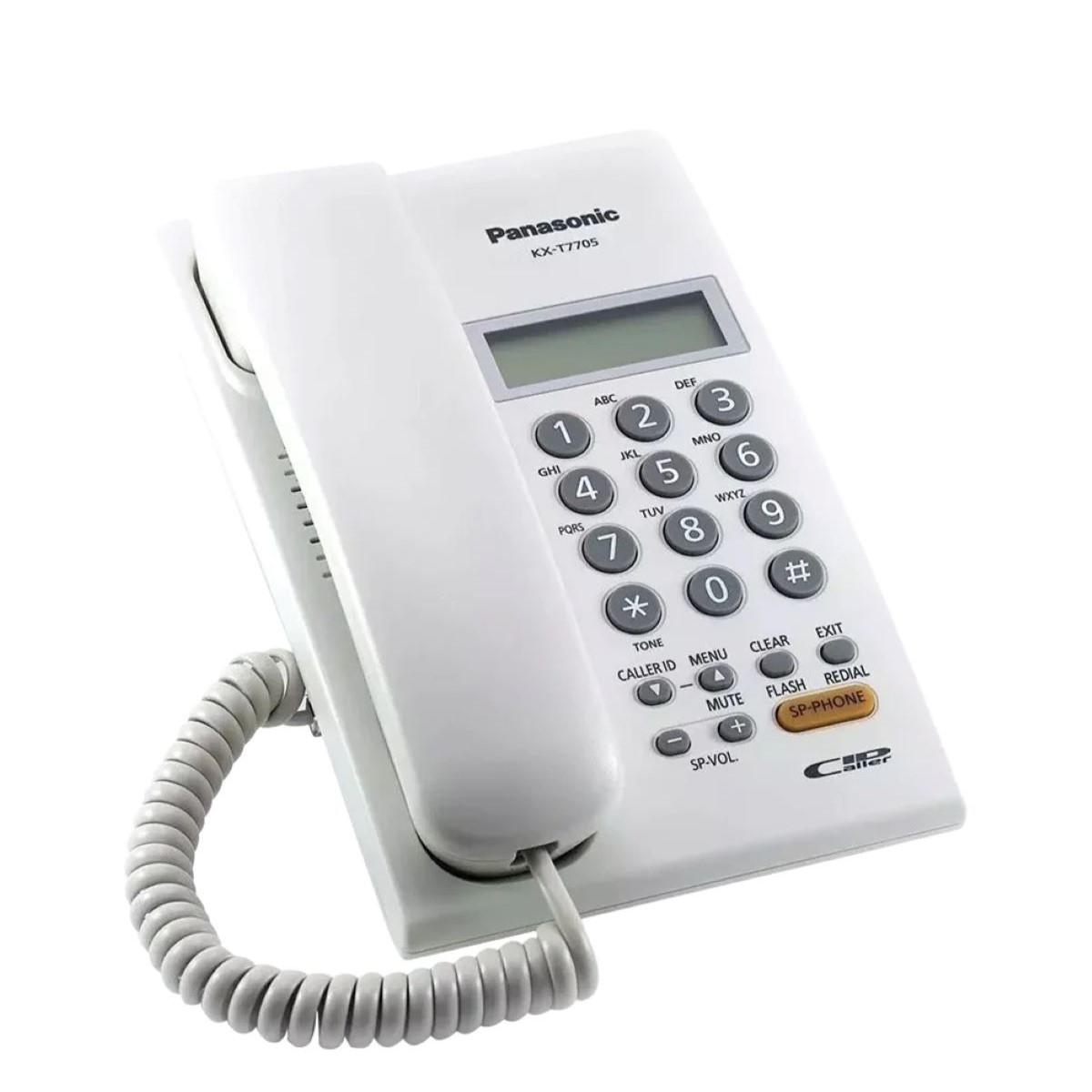
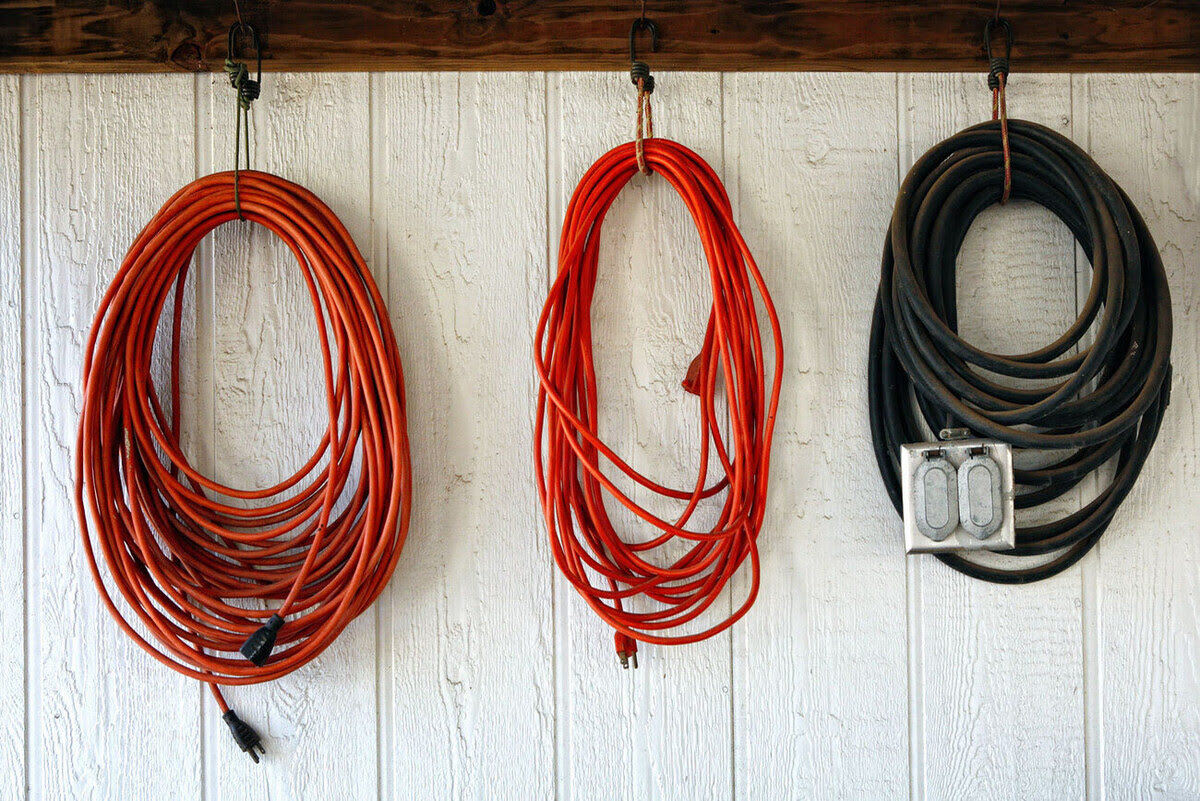
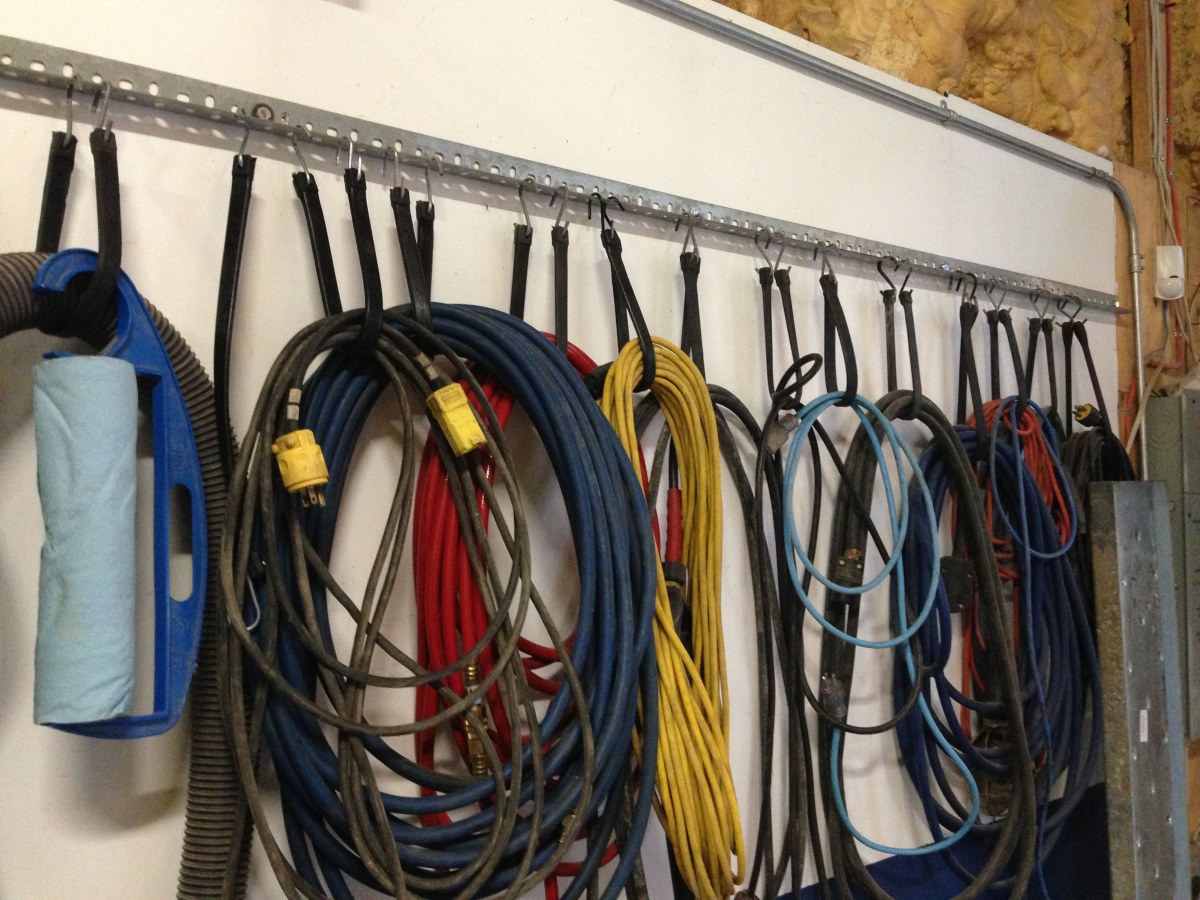
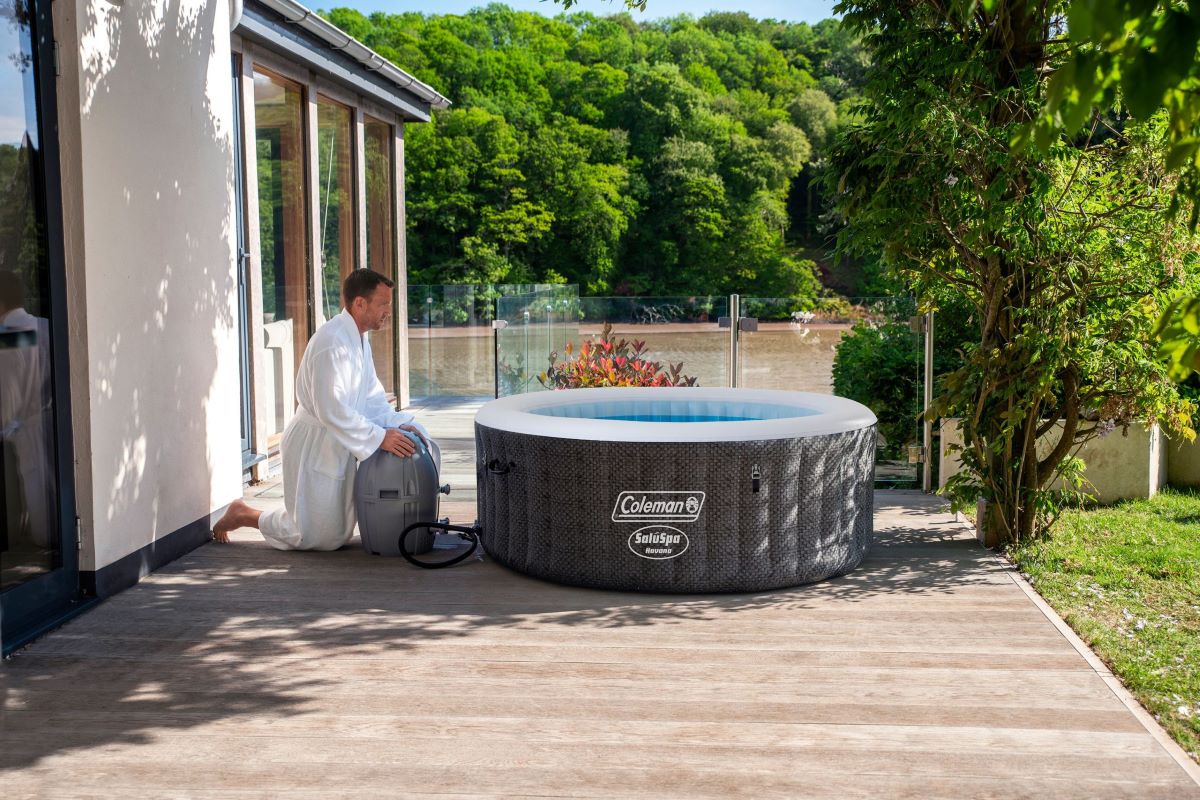
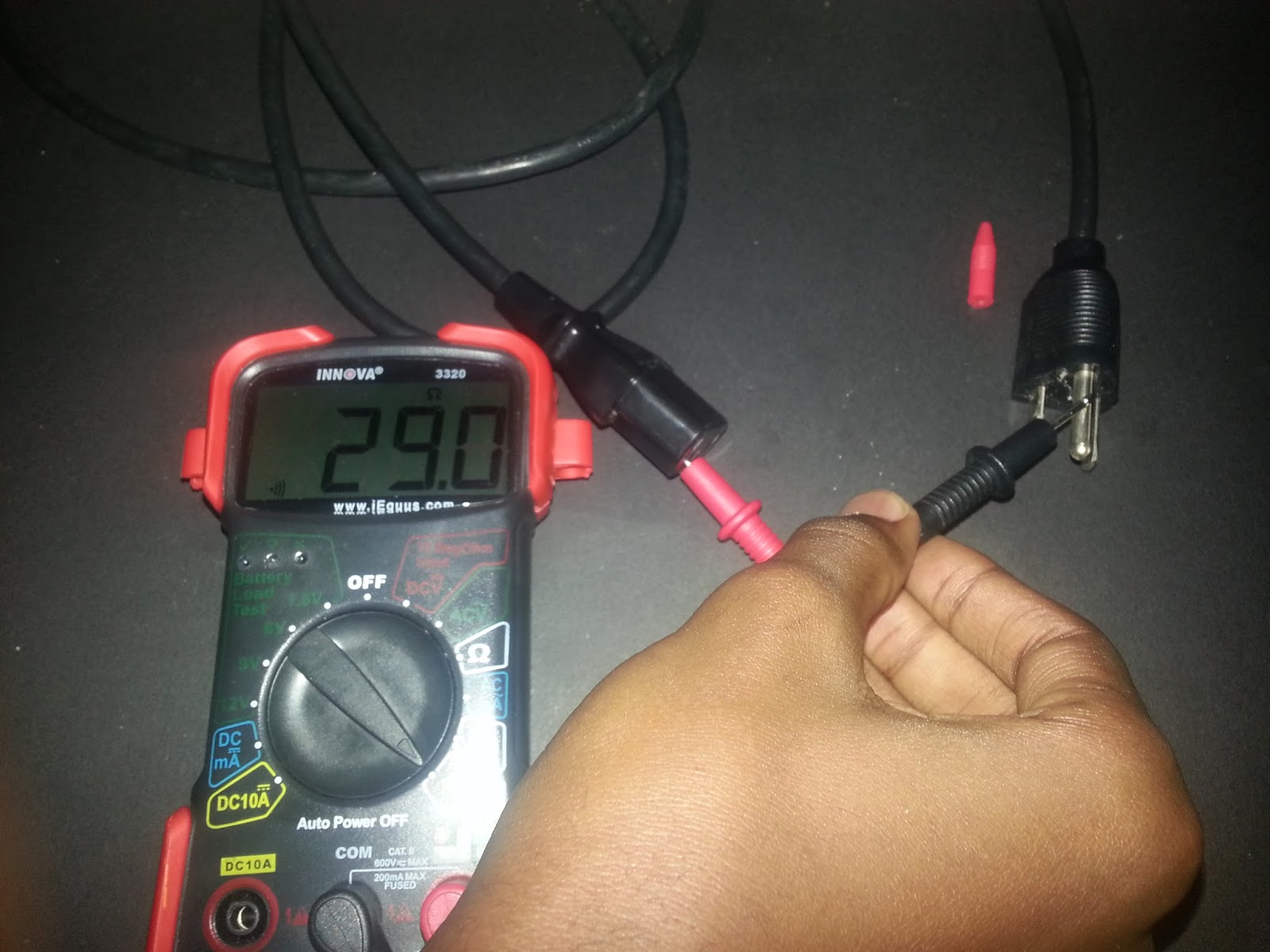
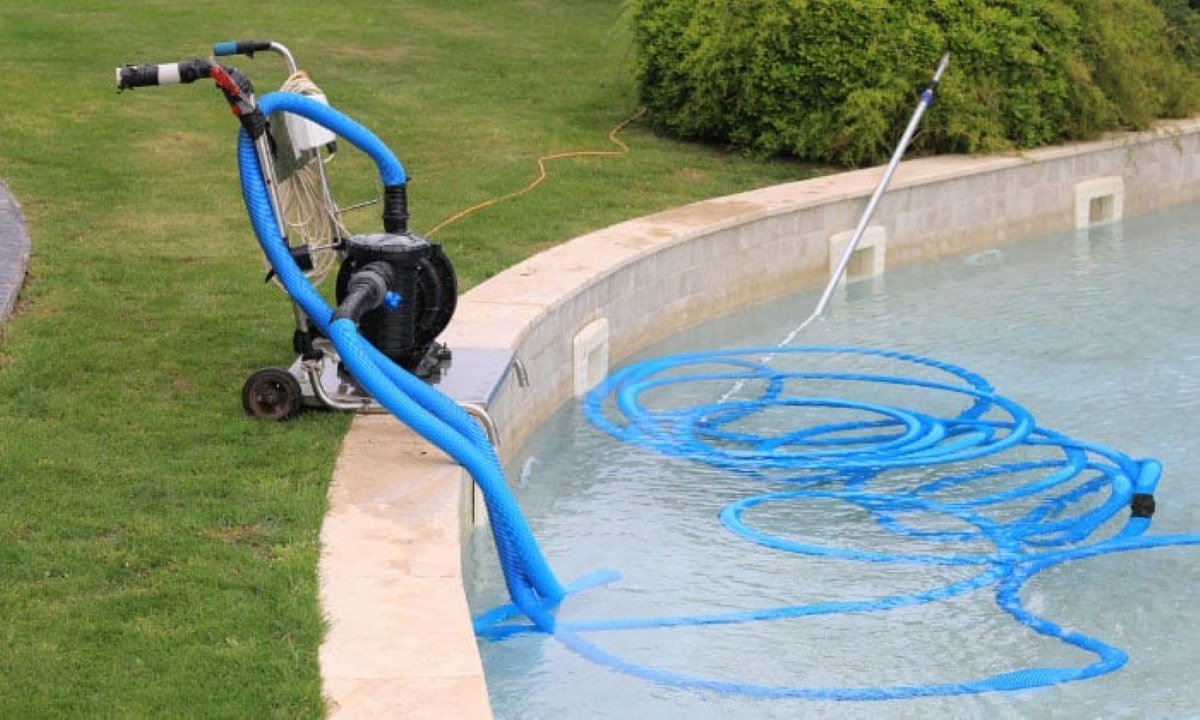
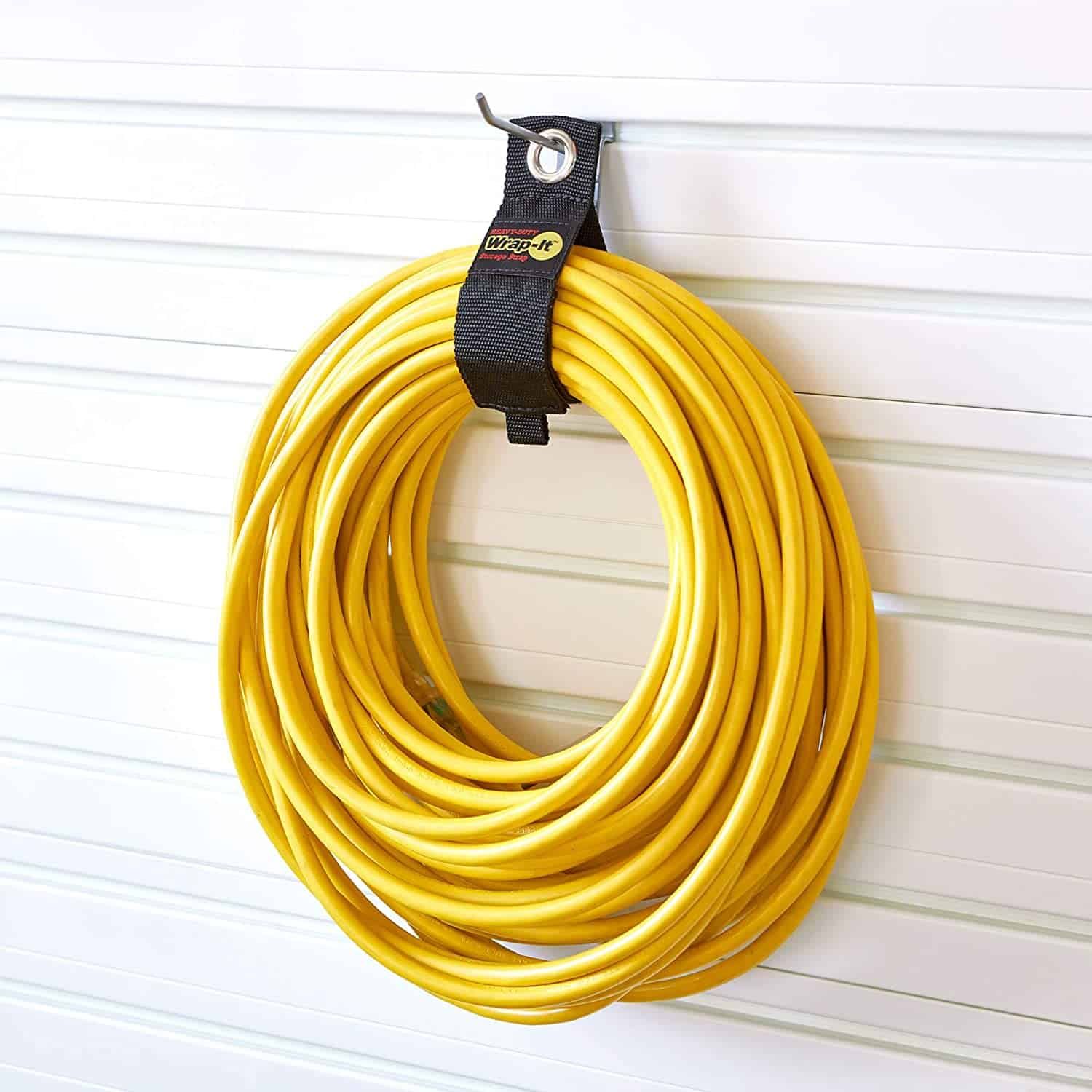
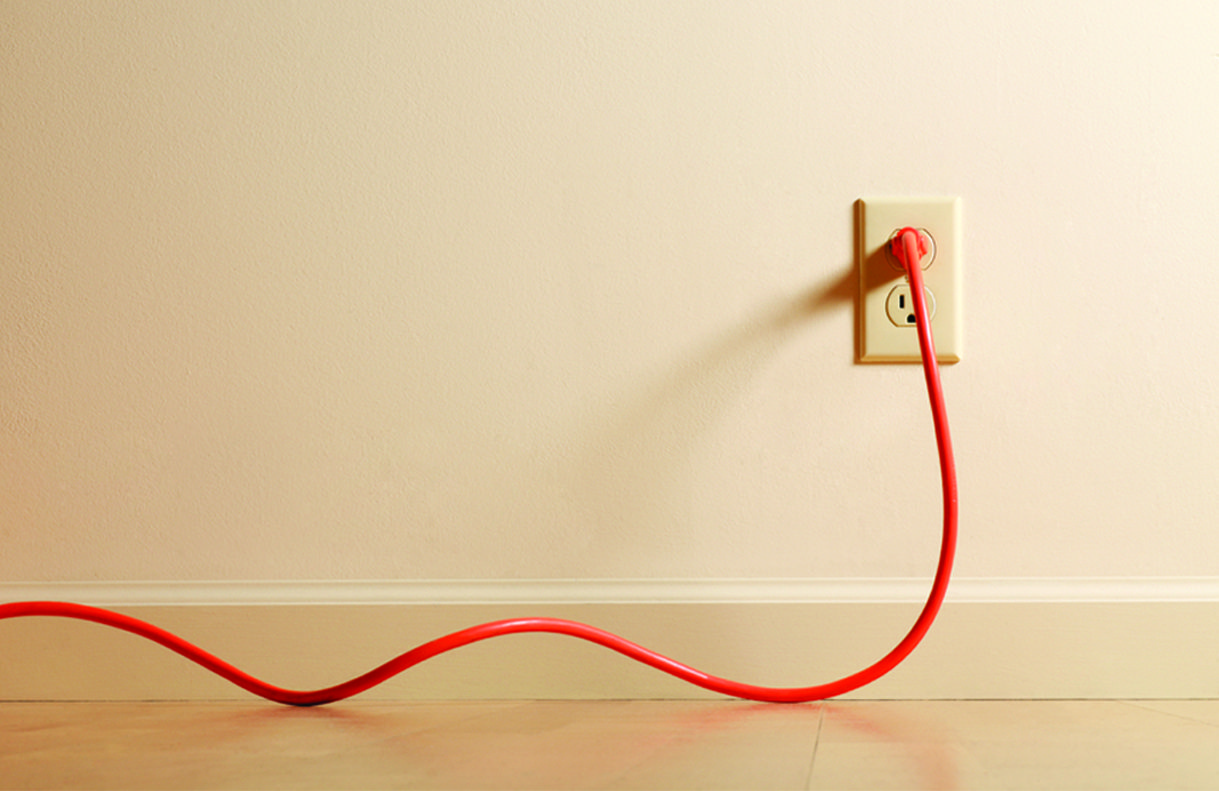
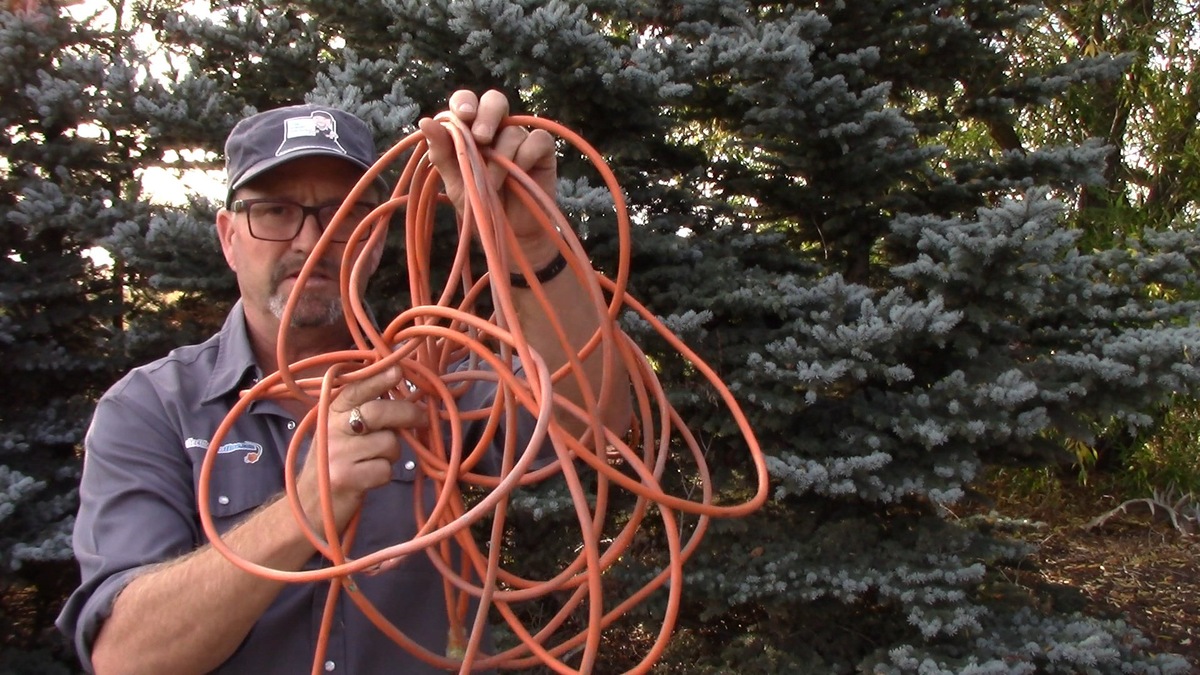

0 thoughts on “How To Store A Long Extension Cord”